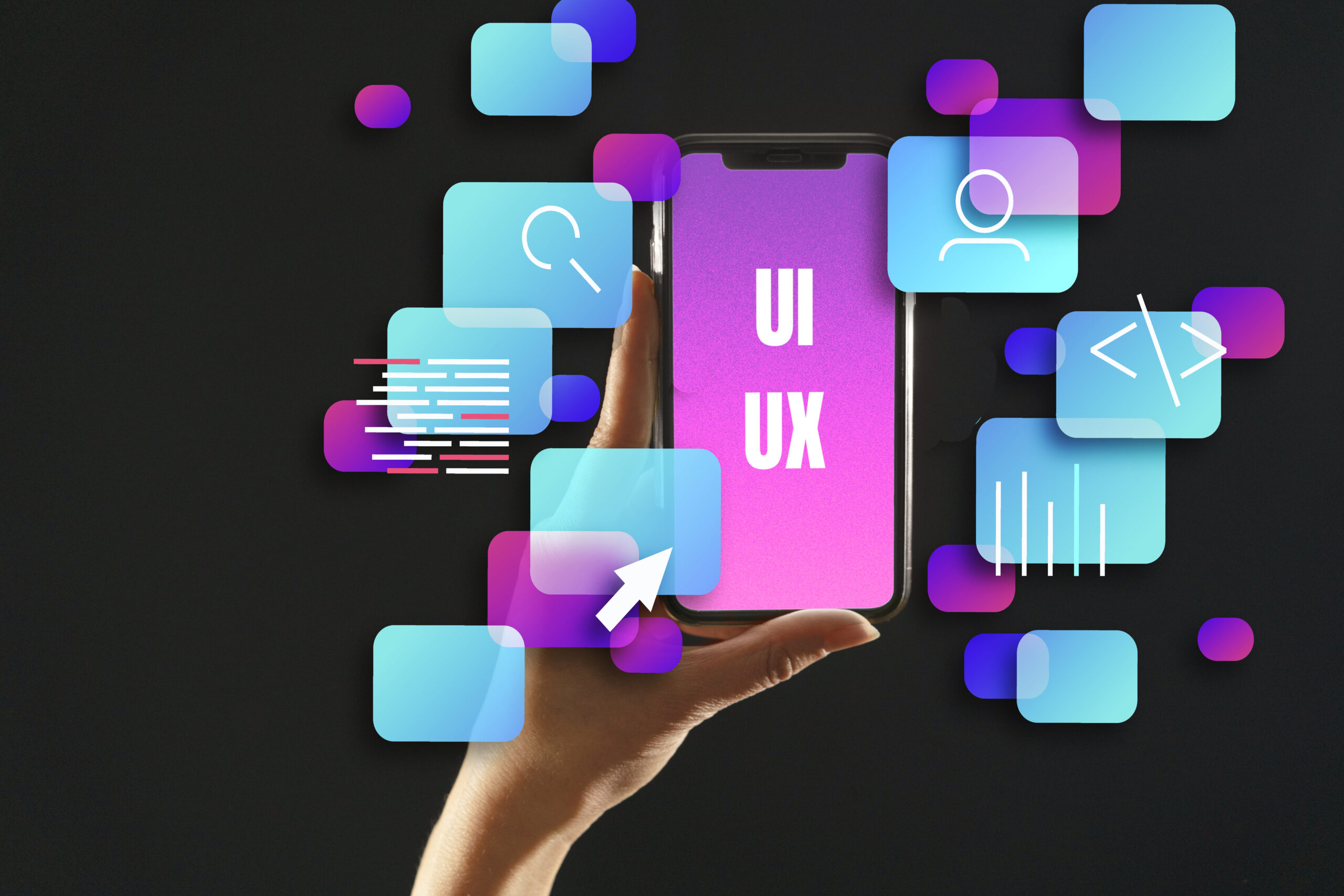- admin
- May 2025
-
 UI/UX Designing
UI/UX Designing
Table of Content
ToggleIn today’s digital landscape, functionality alone is no longer enough. While users expect websites and apps to work well, what truly sets a product apart is how it makes users feel. This is where emotional design plays a critical role — by crafting interfaces that go beyond usability to forge a genuine emotional connection between brand and user.
Emotional design focuses on evoking specific feelings such as trust, joy, surprise, or empathy. These emotional triggers can influence user behavior, foster loyalty, and even convert casual visitors into lifelong customers. In a world of endless scrolling and short attention spans, interfaces that create positive emotional experiences are more likely to be remembered and recommended.
Importance of Mobile App Performance
Performance directly impacts an app’s usability, engagement, and success in app stores. A high-performing app ensures faster load times, fluid animations, efficient resource usage, and minimal crashes. This translates to higher user retention, better reviews, and increased conversion rates for businesses.
Slow, buggy, or battery-draining apps frustrate users and increase churn. Especially on lower-end devices or under poor network conditions, performance optimization ensures inclusivity and a broader user reach.
Why Emotion Matters in UI Design
Human decisions are largely emotional. Whether it’s clicking a button, subscribing to a newsletter, or making a purchase — feelings often drive actions more than logic. A well-designed UI doesn’t just look good; it communicates tone, intent, and personality. It puts the user at ease, builds trust, and creates a sense of connection.
Brands like Apple, Airbnb, and Duolingo don’t just offer sleek interfaces — they create experiences that feel human, engaging, and delightful. This is the essence of designing with emotion.
Elements That Evoke Emotion in UI
1. Color Psychology
Colors influence mood and perception. For instance, blue conveys trust, red signals urgency or passion, and green often reflects calm or growth. Using the right color palette can set the emotional tone of your app or website instantly.
2. Typography and Microcopy
Fonts have personality. A clean sans-serif font might feel modern and professional, while a playful typeface adds warmth. Similarly, thoughtful microcopy — like a friendly 404 message or a quirky tooltip — can make interactions feel more personal and engaging.
3. Imagery and Illustration
Photos and illustrations add emotional context. Faces can convey empathy, while abstract art might inspire curiosity or creativity. Human-centric visuals create relatability, making the design feel more approachable.
4. Animation and Interaction Feedback
Subtle animations — like a button bounce or a checkmark ripple — create a sense of responsiveness and delight. These micro-interactions humanize the interface, making it feel alive and reactive.
5. Personalization
Showing users content based on their preferences, name, or usage history creates a sense of recognition. Personalization fosters a feeling of being understood — a powerful emotional trigger.
Balancing Emotion with Usability
While designing emotionally engaging interfaces is essential, it must never come at the cost of usability. The goal is to enhance, not overwhelm, the user experience. Overusing animations, complex visuals, or overly sentimental language can frustrate users. Emotional design should support clear navigation, functional elements, and accessibility.
Empathy is the key. By putting yourself in your users’ shoes — understanding their goals, fears, and motivations — you can design experiences that feel intuitive and genuinely caring.
Continual Testing and Optimization
In competitive markets, a well-designed emotional experience can be a brand differentiator. Users remember how your app made them feel — more than what it did. If your interface can create a spark of delight, a moment of relief, or a feeling of control, you’re no longer just offering a tool — you’re offering value on a human level.
Frequently Asked Questions
Emotional design refers to creating user interfaces that evoke specific emotions, making digital experiences more engaging, memorable, and human-centered.
Emotion influences decision-making, trust, and user satisfaction. Interfaces that connect emotionally lead to better engagement and loyalty.
Colors carry psychological associations — for example, blue builds trust, while yellow evokes happiness. Designers use color to guide user perception and mood.
If overused or poorly implemented, emotional elements like animations or language can distract or confuse users. Balance and clarity are essential.
Apps like Duolingo use gamified feedback and humor to create joy, while Calm uses calming visuals and sounds to reduce anxiety — both great examples of emotional UI.

